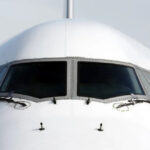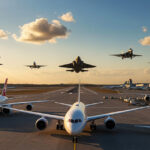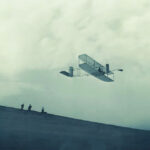Aviation has transformed how we travel, connect, and explore the world. From the first powered flight over a century ago to modern marvels like massive airliners and spaceplanes, airplanes have not only revolutionized transportation but also captured the imagination of people worldwide. This article explores some of the most famous airplanes in history, highlighting their historical significance, technological innovations, and lasting impact on aviation. Whether you’re an aviation enthusiast or just curious about the skies, these iconic aircraft tell the story of human ingenuity and ambition.
1. Wright Flyer
Description: The Wright Flyer was the first successful powered aircraft, a biplane with a wingspan of 40 feet.
History: Built by Orville and Wilbur Wright in 1903, it was the culmination of years of glider experiments and wind tunnel testing. On December 17, 1903, at Kitty Hawk, North Carolina, Orville piloted the first controlled, sustained flight in a powered, heavier-than-air machine.
Significance: This 12-second, 120-foot flight marked the beginning of the aviation age. The Wright brothers’ innovations, like wing-warping for control, laid the foundation for modern aeronautical engineering. Their work inspired countless advancements, making them pioneers of flight.
Key Facts: Powered by a 12-horsepower gasoline engine, the Flyer flew four times that day, with the longest flight covering 852 feet in 59 seconds. It’s now displayed at the National Air and Space Museum in Washington, D.C. (Smithsonian Institution).
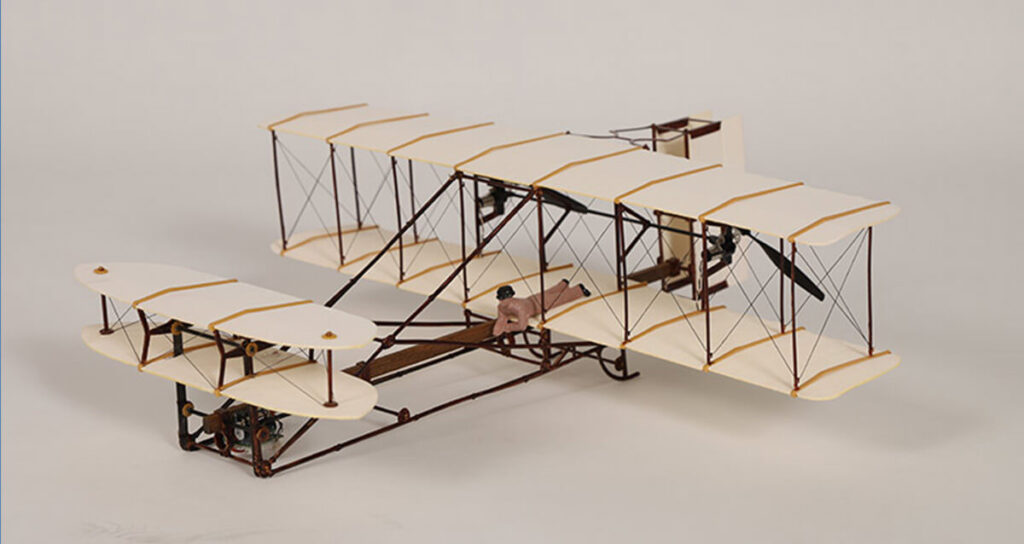
2. Spirit of St. Louis
Description: A single-engine monoplane designed for long-distance flight.
History: Built in 1927 by Ryan Airlines in just 60 days, it was customized for Charles Lindbergh’s attempt to win the $25,000 Orteig Prize for the first solo nonstop transatlantic flight.
Significance: On May 20–21, 1927, Lindbergh flew from New York to Paris, covering 3,610 miles in 33.5 hours. This feat proved the feasibility of long-distance air travel, boosting public interest in aviation and inspiring commercial flight development.
Key Facts: Named after its St. Louis sponsors, the Spirit of St. Louis had a 46-foot wingspan and a 223-horsepower Wright J-5C engine. It’s preserved at the National Air and Space Museum (National Air and Space Museum).
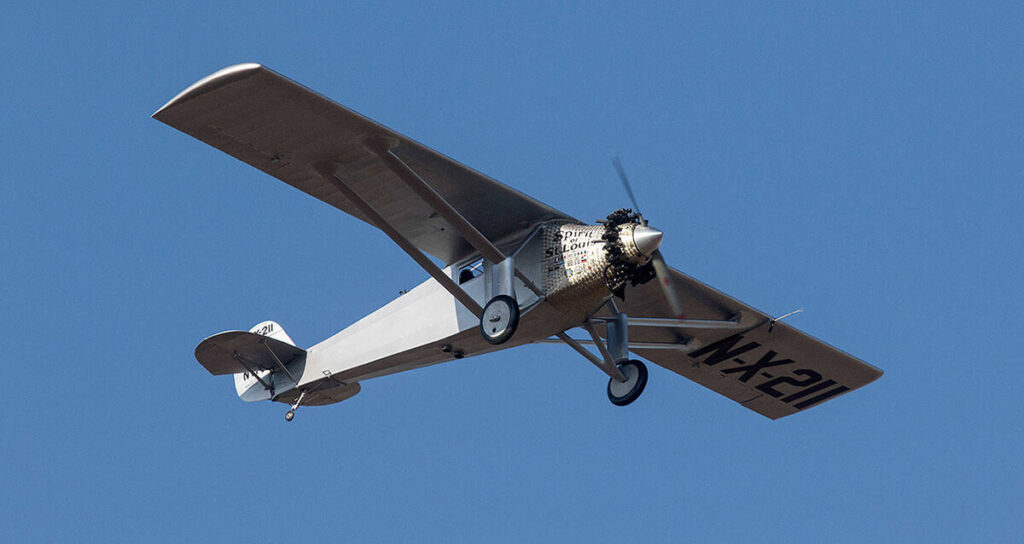
Related post: A History of Aviation: A Journey from Myth to Modern Skies
3. Supermarine Spitfire
Description: A British single-seat fighter with distinctive elliptical wings.
History: Designed by R.J. Mitchell, the Spitfire first flew in 1936 and entered Royal Air Force service in 1938. Over 20,000 were built across 24 variants.
Significance: The Spitfire was crucial in the Battle of Britain (1940), helping the RAF defeat the German Luftwaffe. Its agility and speed made it a symbol of British resilience and a key factor in preventing German air superiority.
Key Facts: Powered by Rolls-Royce Merlin or Griffon engines, it reached speeds of 405 mph. It served in multiple roles, including reconnaissance, and remained in use until the 1950s (RAF Museum).
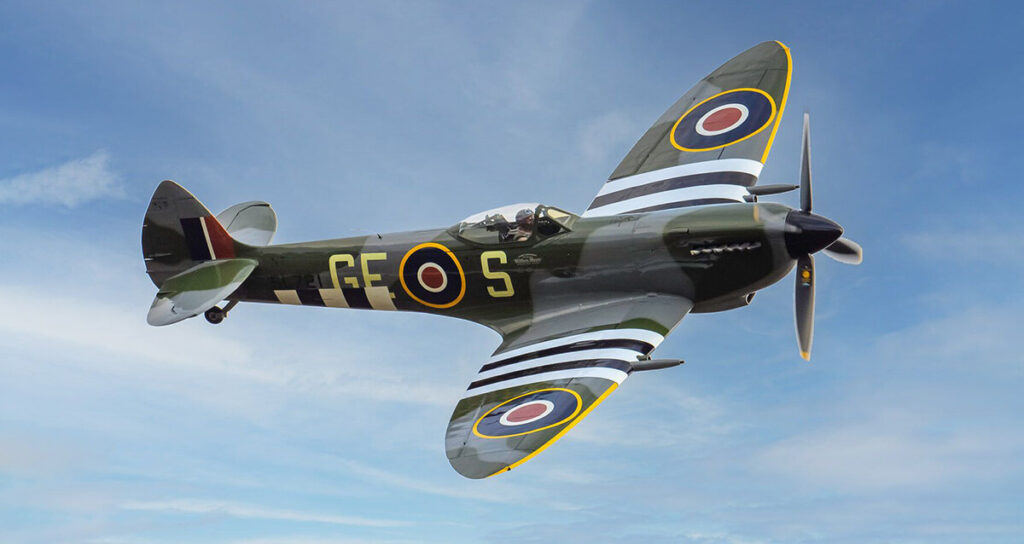
4. Boeing 747
Description: A wide-body commercial jet airliner, known as the “Queen of the Skies.”
History: First flown in 1969, the Boeing 747 was the first jumbo jet, designed to meet the growing demand for air travel.
Significance: The 747 revolutionized long-haul flights by carrying over 300 passengers, making air travel more accessible and affordable. It also served unique roles, like transporting the Space Shuttle.
Key Facts: With a distinctive hump-shaped upper deck and four engines, over 1,500 747s have been built. It held the passenger capacity record for 37 years (Boeing).
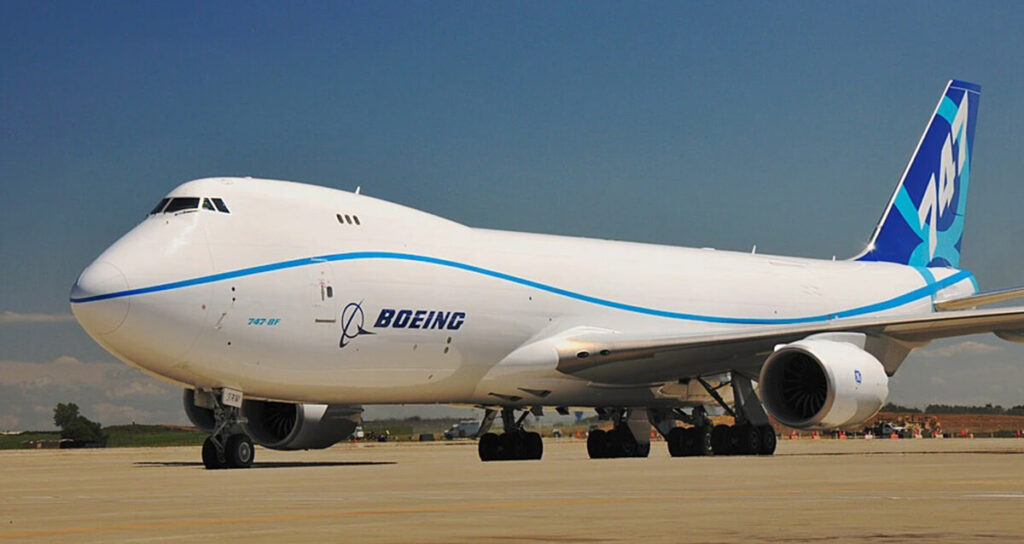
5. Lockheed SR-71 Blackbird
Description: A high-speed, high-altitude strategic reconnaissance aircraft.
History: First flown in 1964, it was developed for Cold War intelligence missions and retired in 1998.
Significance: The SR-71 holds the record for the fastest air-breathing manned aircraft, flying at Mach 3.2 (over 2,200 mph) and above 85,000 feet. Its stealth and speed made it nearly untouchable.
Key Facts: Built with titanium to withstand extreme heat, it was used for covert missions. Its records remain unbroken (National Air and Space Museum).
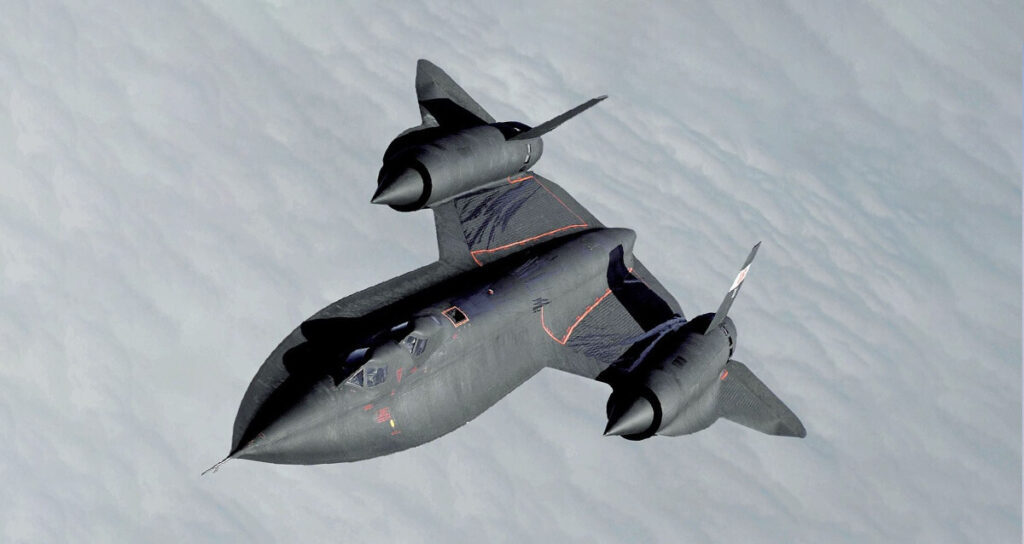
Related post: Types of Airplanes: Exploring types and Their Uses
6. Concorde
Description: A supersonic passenger jet developed by Britain and France.
History: First flown in 1969, it entered commercial service in 1976 and was retired in 2003.
Significance: The Concorde was the first commercial aircraft to fly at supersonic speeds (Mach 2.04), cutting transatlantic flight times to under 3.5 hours. It represented a pinnacle of aviation technology.
Key Facts: Its delta-wing design allowed high-speed travel, but high costs and a 2000 crash led to its retirement (British Airways).

7. North American P-51 Mustang
Description: A long-range, single-seat fighter and fighter-bomber.
History: First flown in 1940, it was designed for the RAF and later used extensively by the US Army Air Forces in World War II.
Significance: The P-51’s long range and performance made it ideal for escorting bombers deep into enemy territory, significantly impacting the air war in Europe.
Key Facts: Powered by a Packard Merlin engine, it had a top speed of 437 mph and a range of 1,650 miles (National Museum of the US Air Force).
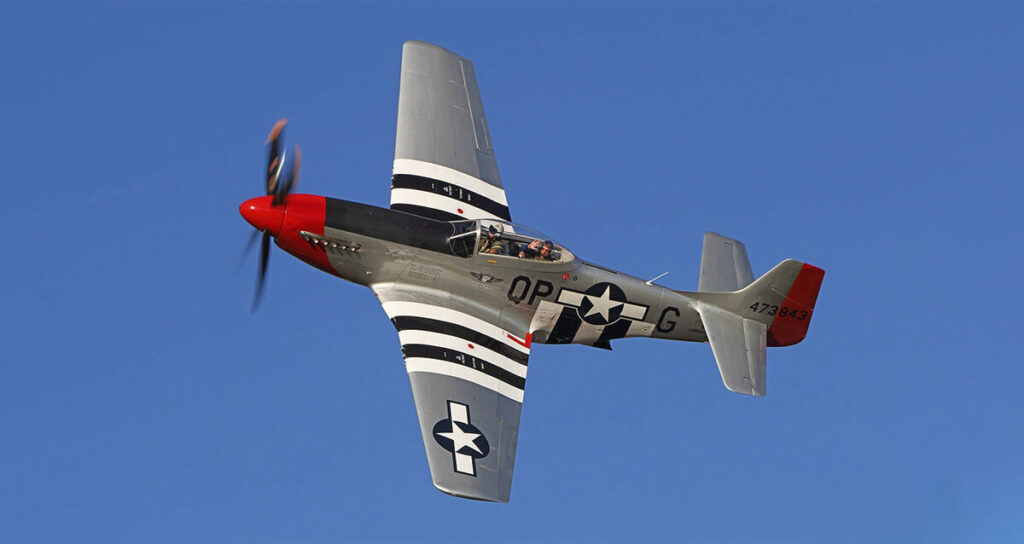
8. Airbus A380
Description: The world’s largest passenger airliner, featuring a double-deck design.
History: First flown in 2005, it entered service in 2007 with Singapore Airlines.
Significance: The A380 was designed to reduce operating costs per seat and alleviate airport congestion. It represents the pinnacle of modern commercial aviation.
Key Facts: Capable of carrying up to 853 passengers, production ceased in 2021 due to low demand, but it remains in service with airlines like Emirates (Airbus).

9. Cessna 172
Description: A single-engine, four-seat light aircraft.
History: First flown in 1955, it remains in production and is the most-produced aircraft in history.
Significance: Its simplicity, reliability, and ease of operation make it a favorite for flight training and personal use, shaping generations of pilots.
Key Facts: Over 44,000 units have been built, with a top speed of 188 mph and a range of 800 miles (Cessna).
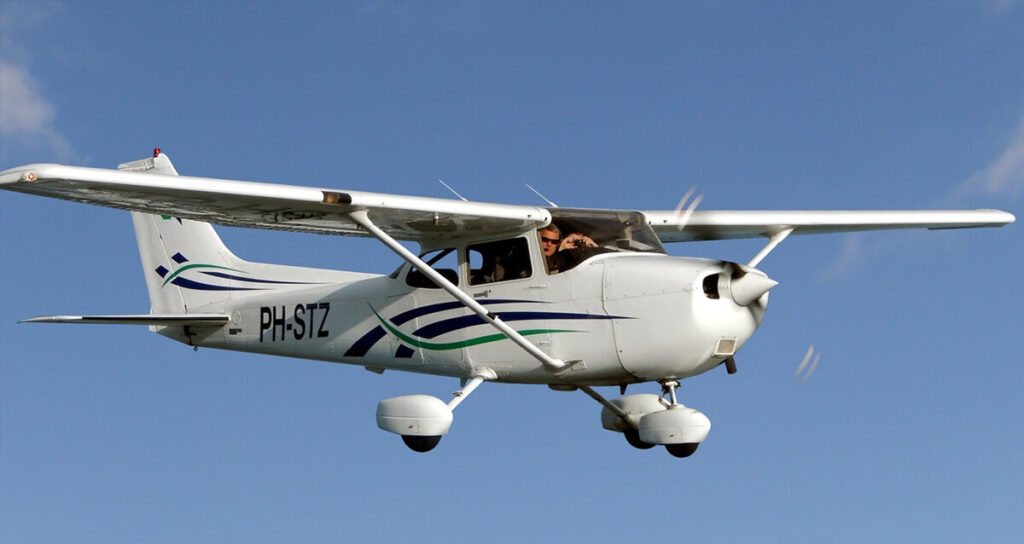
10. SpaceShipOne
Description: An experimental spaceplane developed by Scaled Composites.
History: First flown in 2003, it won the Ansari X Prize in 2004 by reaching 100 km altitude twice in two weeks.
Significance: SpaceShipOne was the first privately funded human spaceflight, proving commercial space travel’s potential and inspiring ventures like Virgin Galactic.
Key Facts: It reached the edge of space, demonstrating innovative reusable spacecraft design (Scaled Composites).
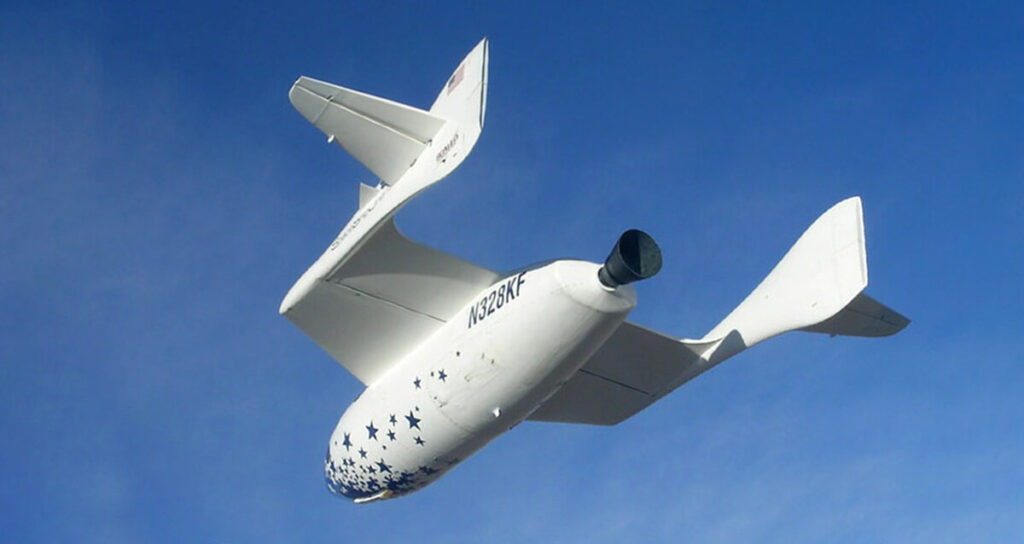
Conclusion
These ten airplanes represent pivotal moments in aviation history, from the Wright Flyer’s first flight to SpaceShipOne’s leap into space. Each has left a lasting legacy, whether through technological breakthroughs, military victories, or cultural impact. For aviation enthusiasts visiting your blog, these stories highlight the ingenuity and ambition that continue to drive the industry forward. As aviation evolves, new aircraft will undoubtedly emerge, building on the legacy of these iconic machines.


